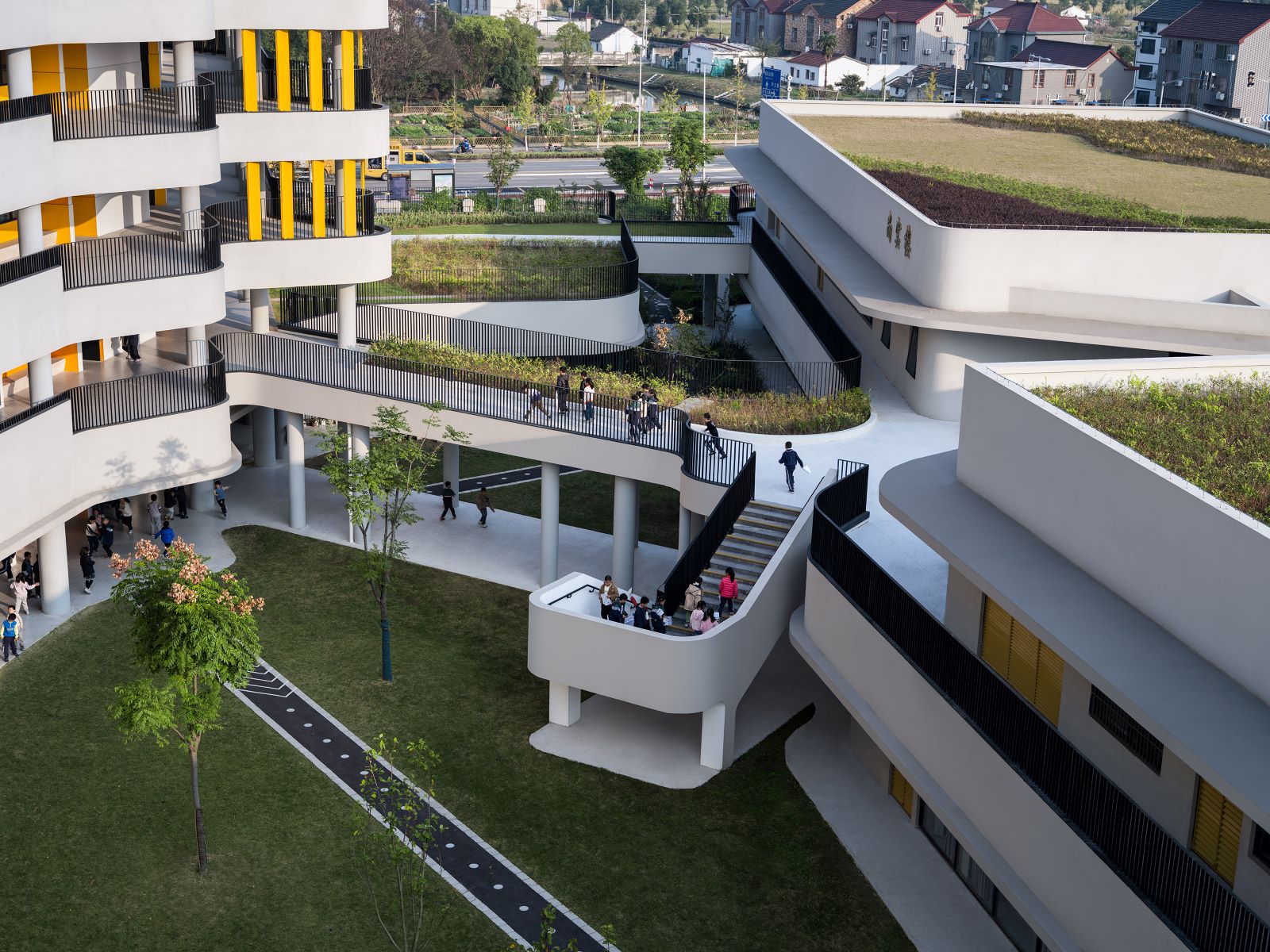
WeaveX by DesignAware
WeaveX is a series of urban interventions in the form of installations, sculptures and pavilions proposed for installation at The Block d3 during Dubai Design Week 2018. These design experiments explore possibilities of building in date palm fronds using vernacular methods adapted to complex geometries and minimal surfaces, which have never before been built in Arish. Apart from design experiments, WeaveX aims to raise awareness about vernacular construction methods and their potentially significant role in sustainable and responsible design and architecture. Moreover, another layer of meaning is assigned as we investigate deeper into the use of these design installations and their significance derived from the rich history of scientific temper, invention and discovery in the Islamic World.







HypeX is a versatile installation derived from a hyperbolic paraboloid. Straight lines are turned at varying angles to create a twisted surface that appears to be curved. When standing on two corners, HypeX serves as an inviting archway and creates possibilities for multiple user interactions from various distances. On two sides, the HypeX orients itself to function as a sundial with numbers arranged radially around it and creates a 360-degree visual and experiential sculpture.
Toroid is a radially symmetrical geometric form which becomes a magnet that acquires meaning. Toroid creates a layered tunnel experience as visitors approach it, enter it and walk through its frame, experience the structure from within and create a connective bond to the past through the contemporary urban intervention. A circular walk-through timeline provides information about the history of Arish and its various techniques and uses. The palm tree at its central core is of obvious meaning and becomes symbolic of the history associated with the date palm and its importance in the local context.
Arish or palm frond architecture which once dominated the deserts of the Emirates up until the late 1970s and housed almost 80% of its indigenous population is now on the brink of extinction. This vernacular building craft uses locally-sourced, biodegradable material, and is not only a relic of our history and rich cultural heritage but also addresses pressing issues of environmental concern and sustainability with technology passed down from generation to generation. It has resolved waste creation and disposal by finding a use for the 420 million date palm fronds sent to landfills in the UAE alone each year.
After the introduction of new technologies and lifestyles, Arish has been sidelined and become obsolete. The knowledge of the methods of Arish architecture is now concentrated to Bedouin craftspersons and confined to art, craft and household accessories manufactured and sold by small-scale industries.
With an aim to address these concerns and to reintroduce the methods and techniques of Arish architecture to the design world, DesignAware and have come together to collaborate on a one-of-a-kind installation, made using locally-sourced date fronds, which creates a dialogue between parametric design and the vernacular architecture of the Emirates, in a strong attempt to promote a contemporary revival of the disappearing craft of Arish architecture in the UAE and to realize its significance in a world of depleting resources.
Process
Images

































